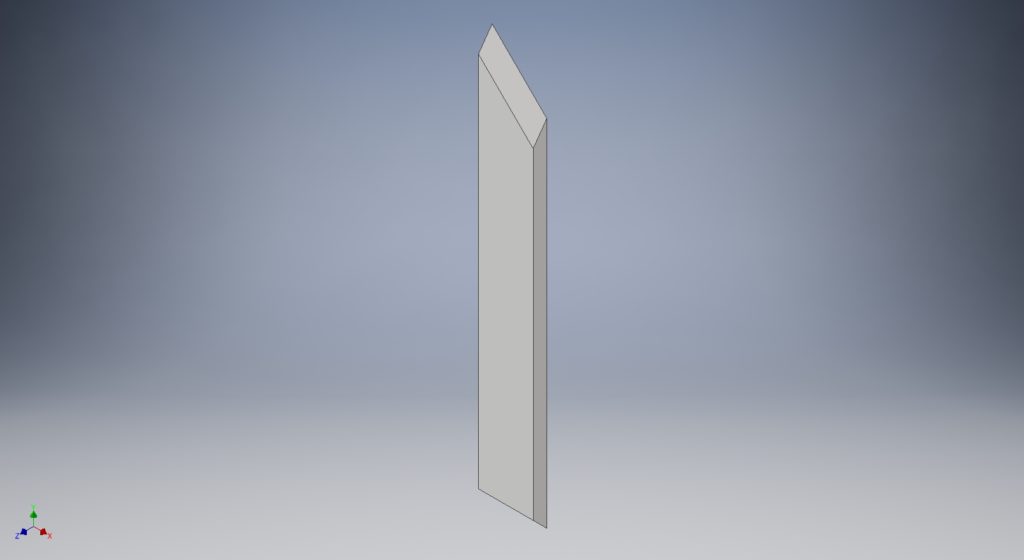
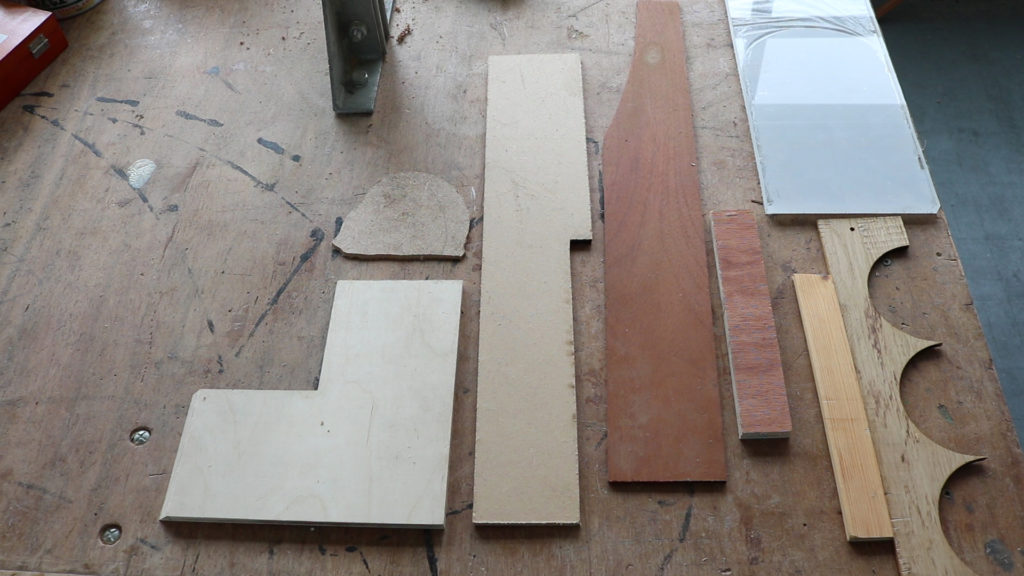
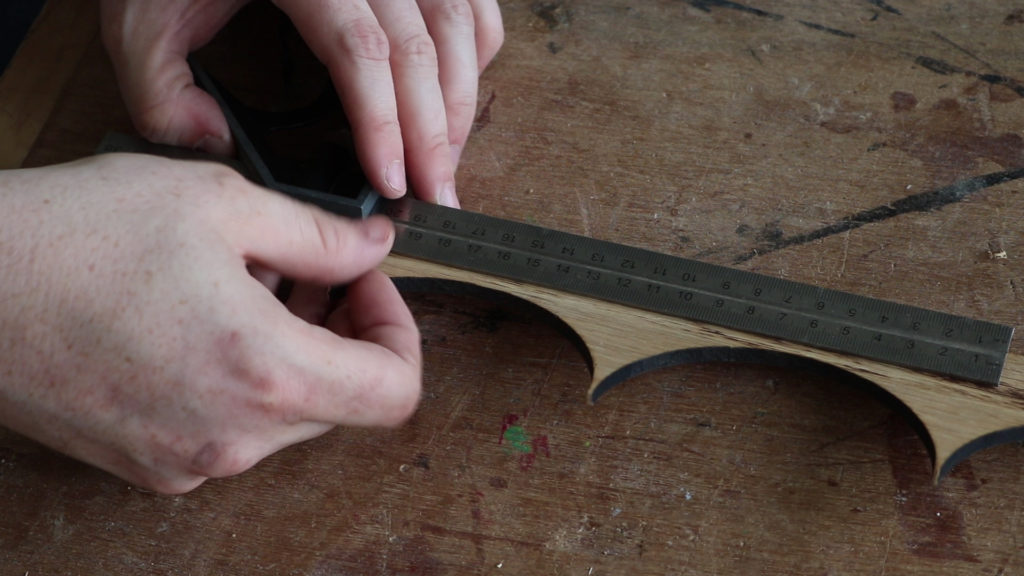
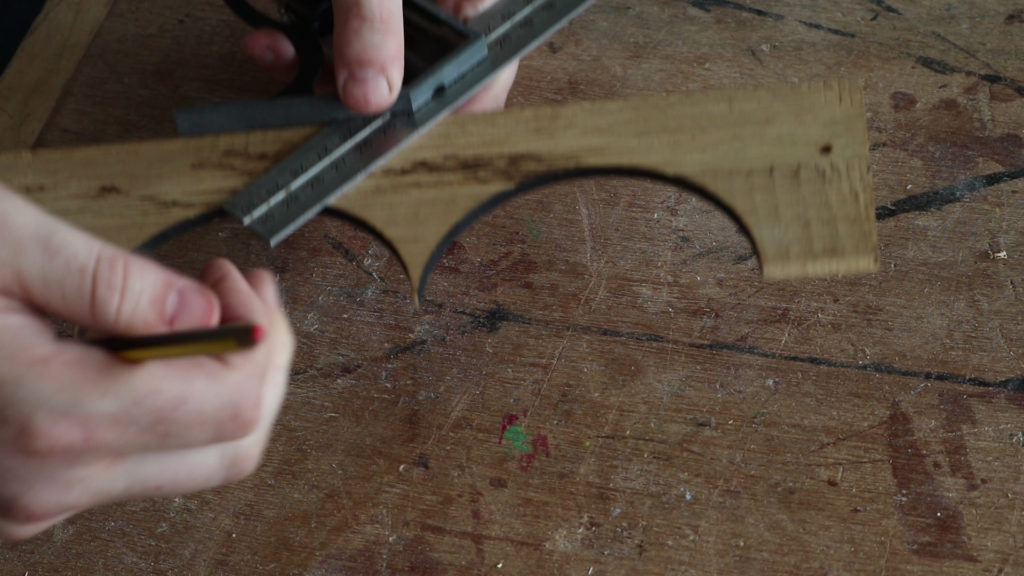
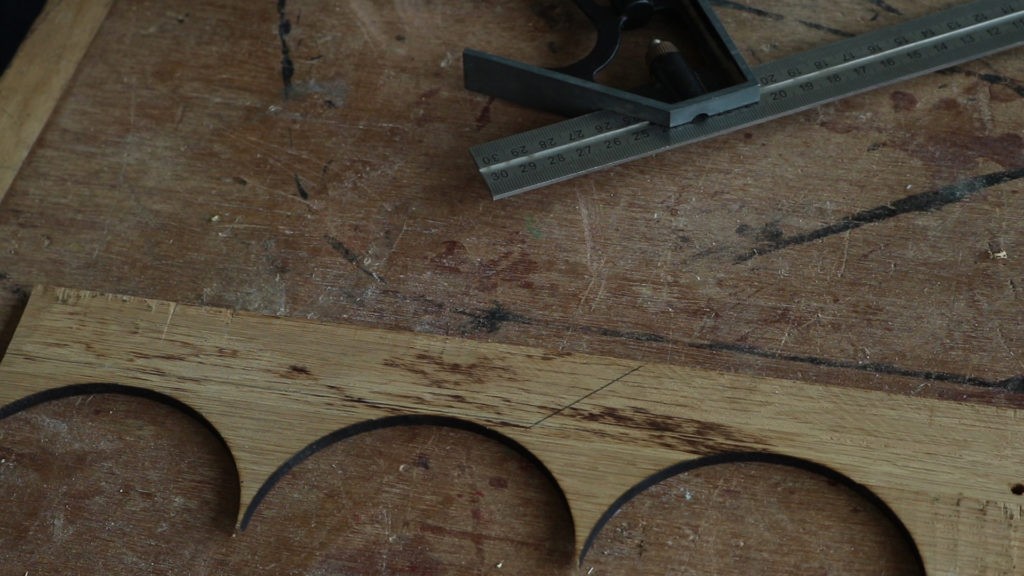
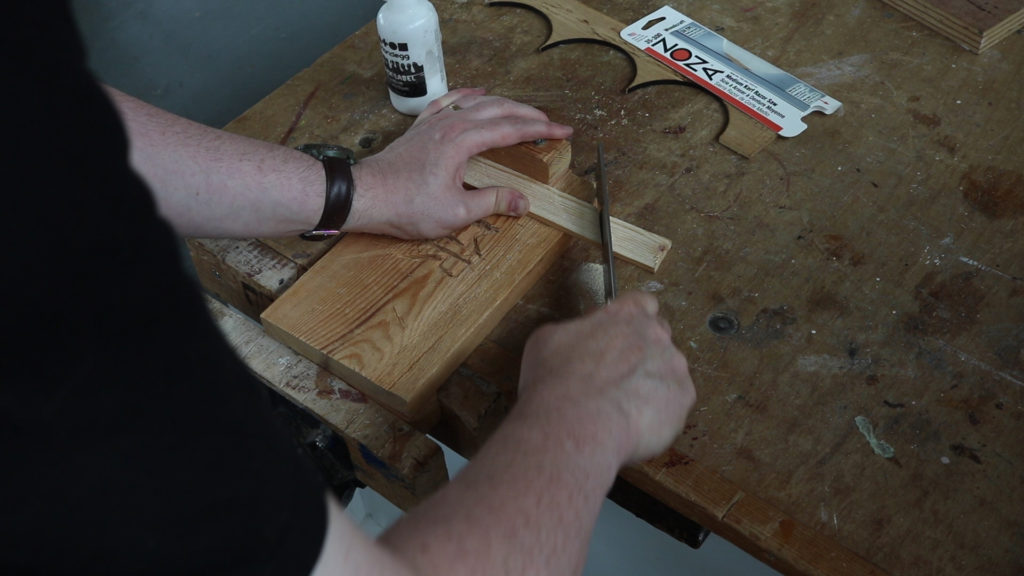
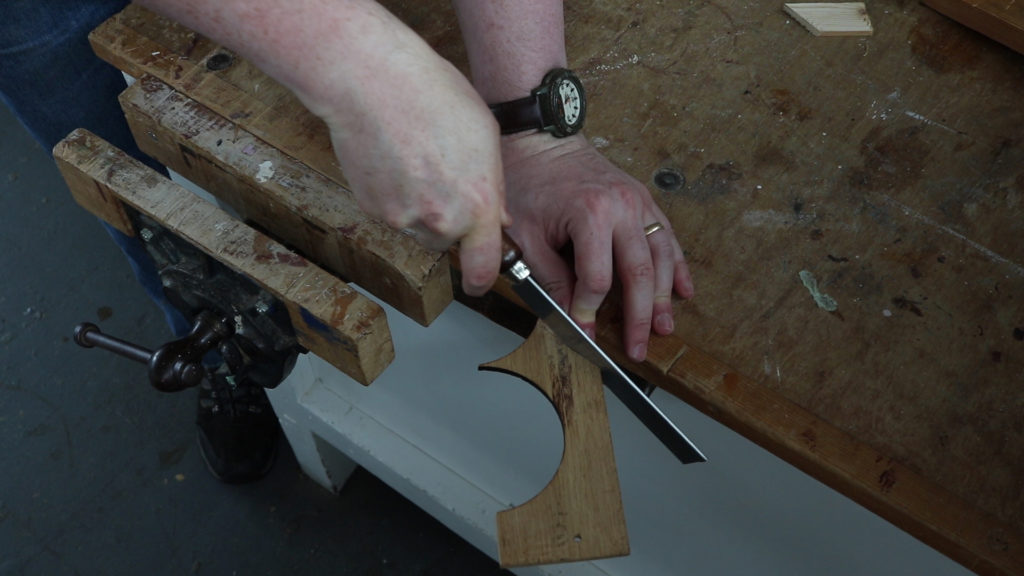
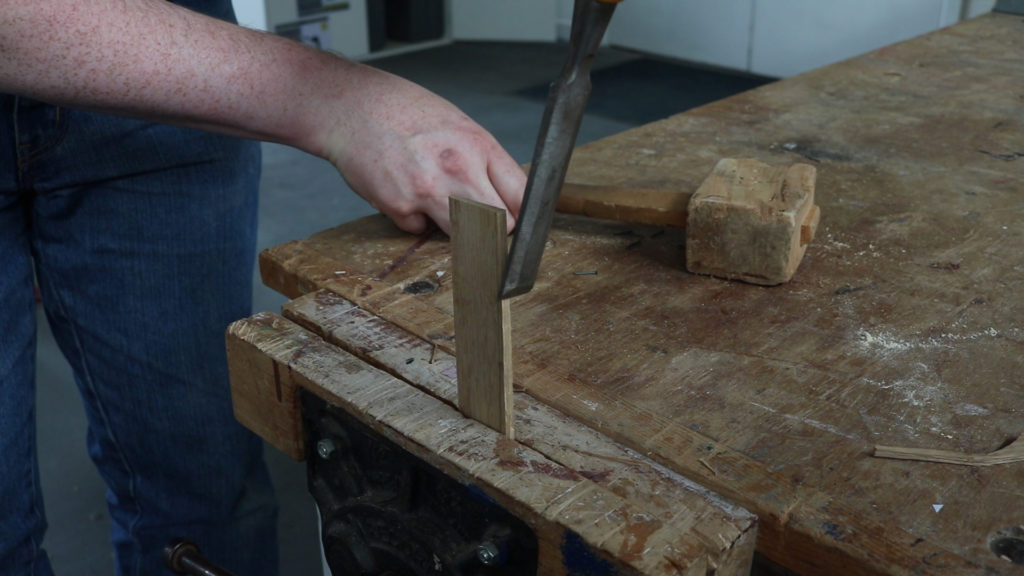
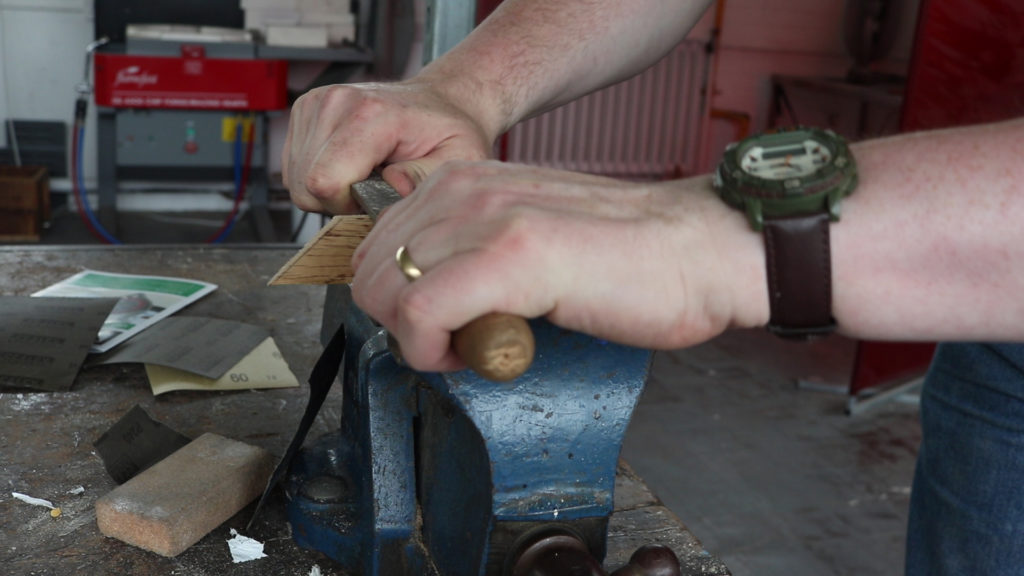
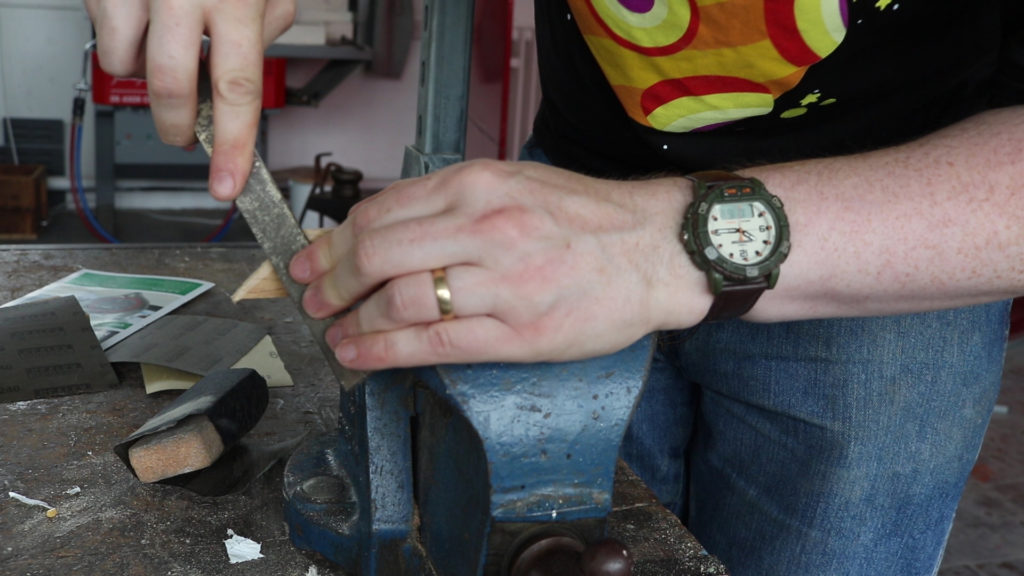
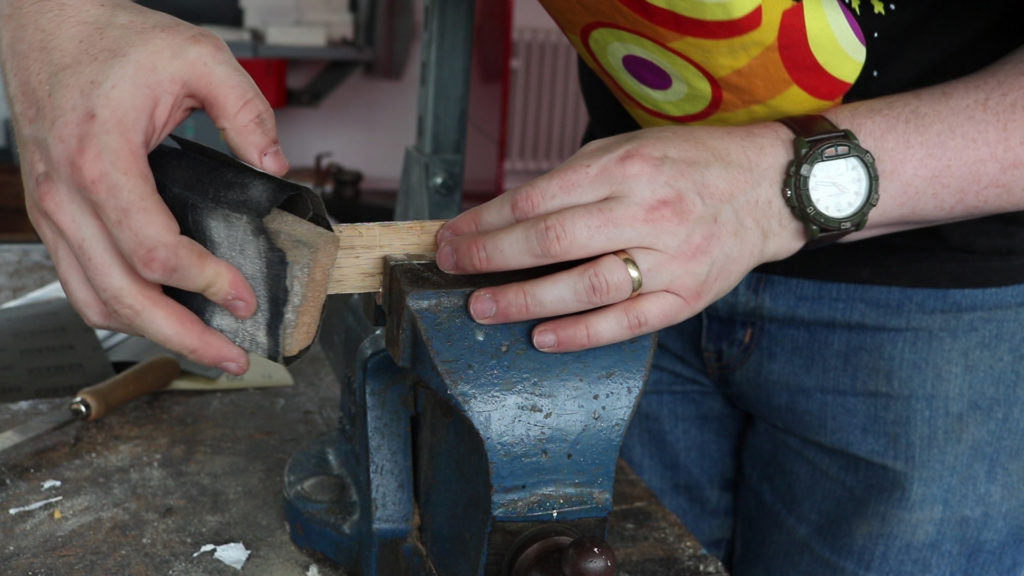
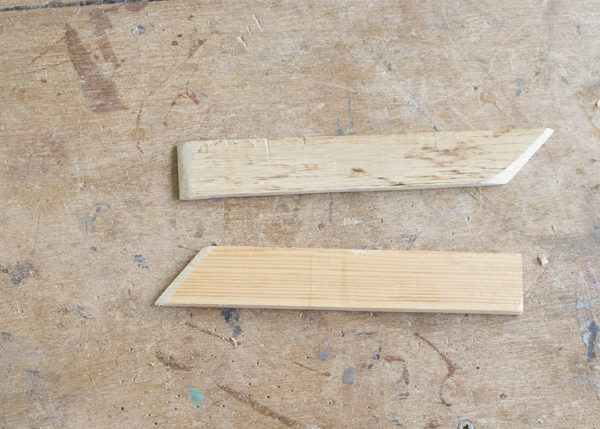
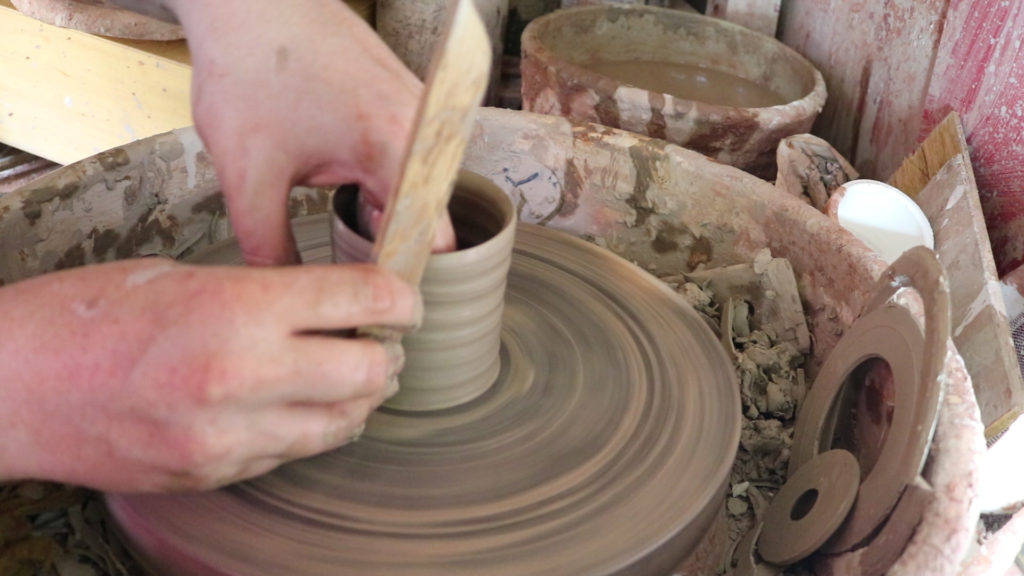
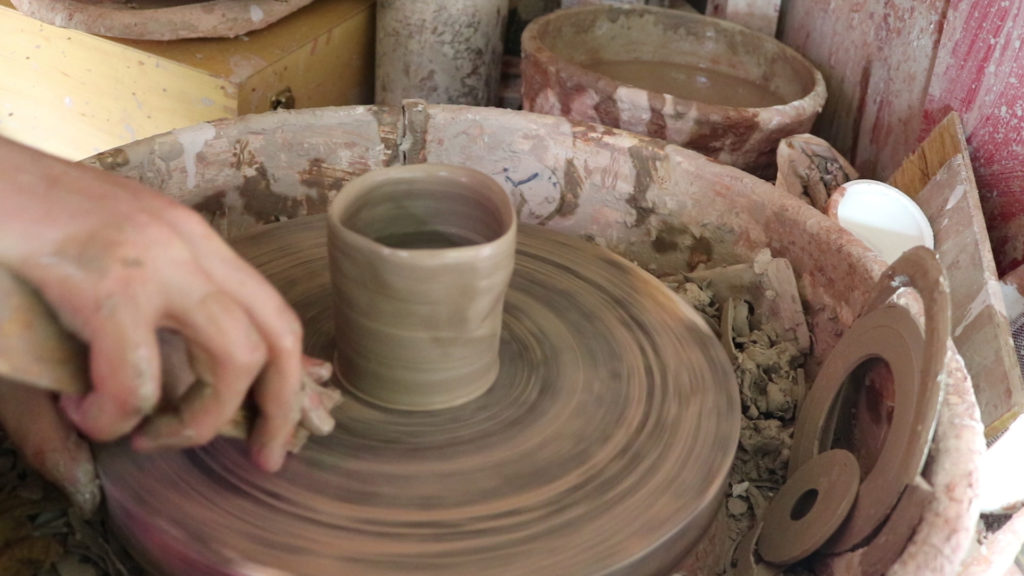
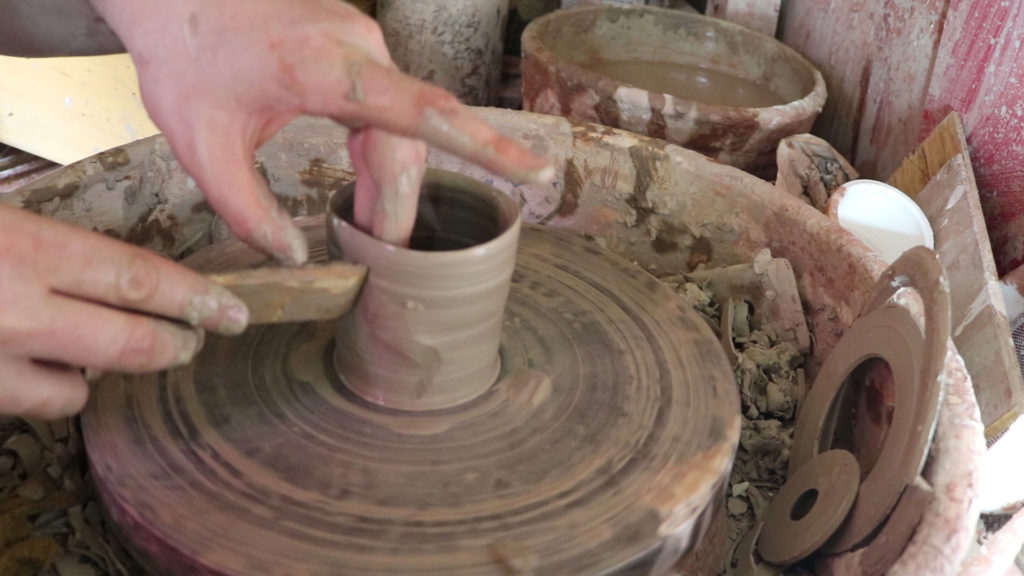
What would can you do differently?
- alter the angle of the point to change that interaction at the foot.
- varying the with or having an obtuse angle on the bottom
- this could give you the correct angle for your cup’s walls
- and give a different mark
- use a hardwood that is more resistant to water damage and rot
- put a bevel on the sides so when squaring the pot up against it, it is more sharp and gives cleaner lines
If you make a throwing stick, share them on social media @redfoxpottery and I will add them to the bottom of the post.
